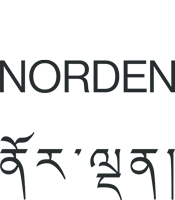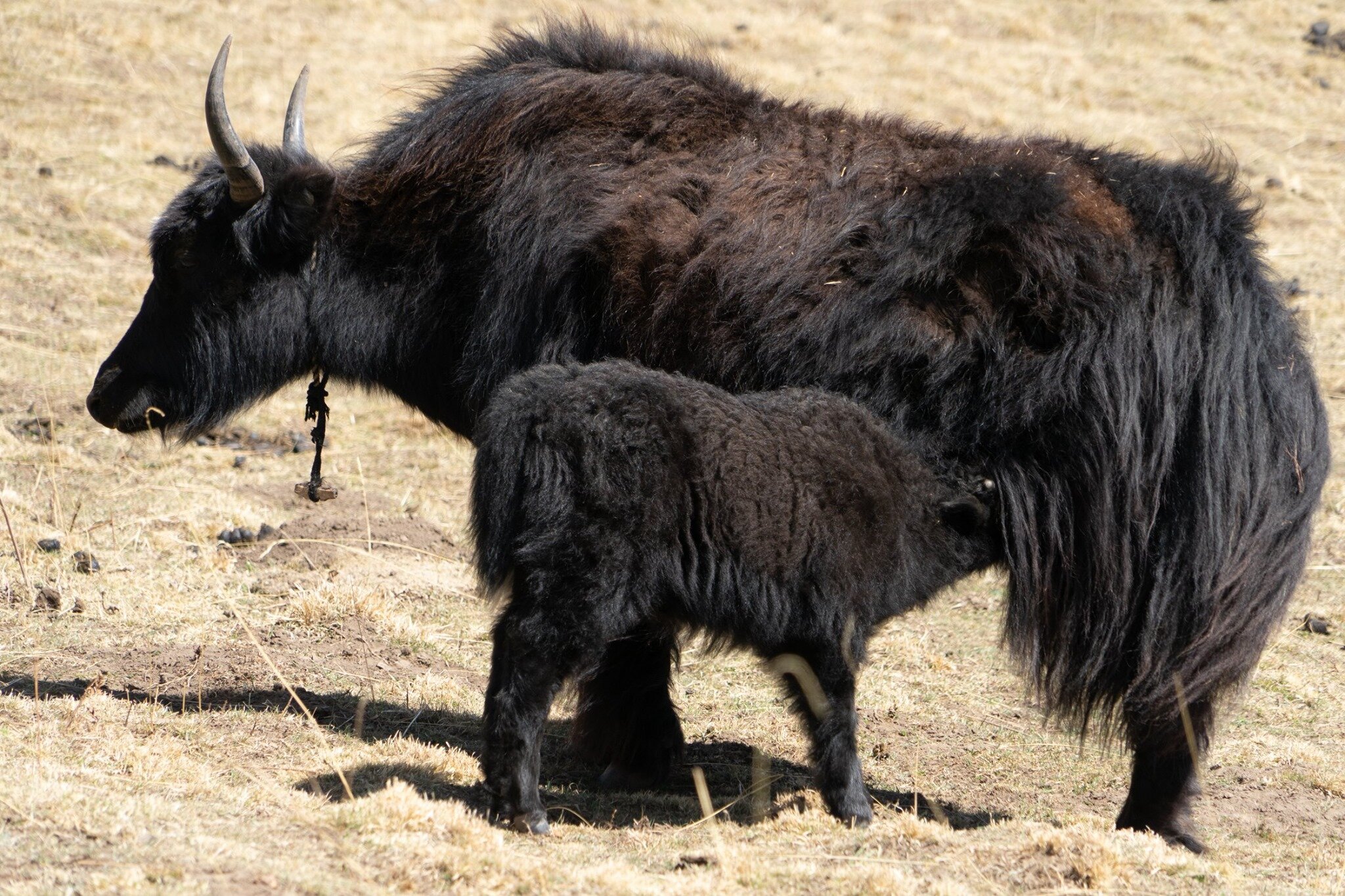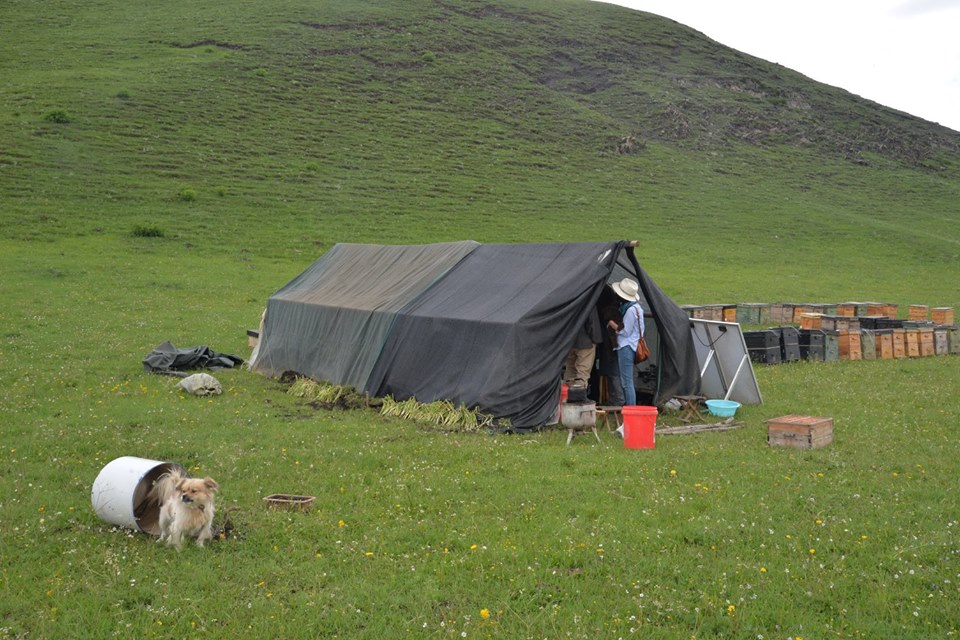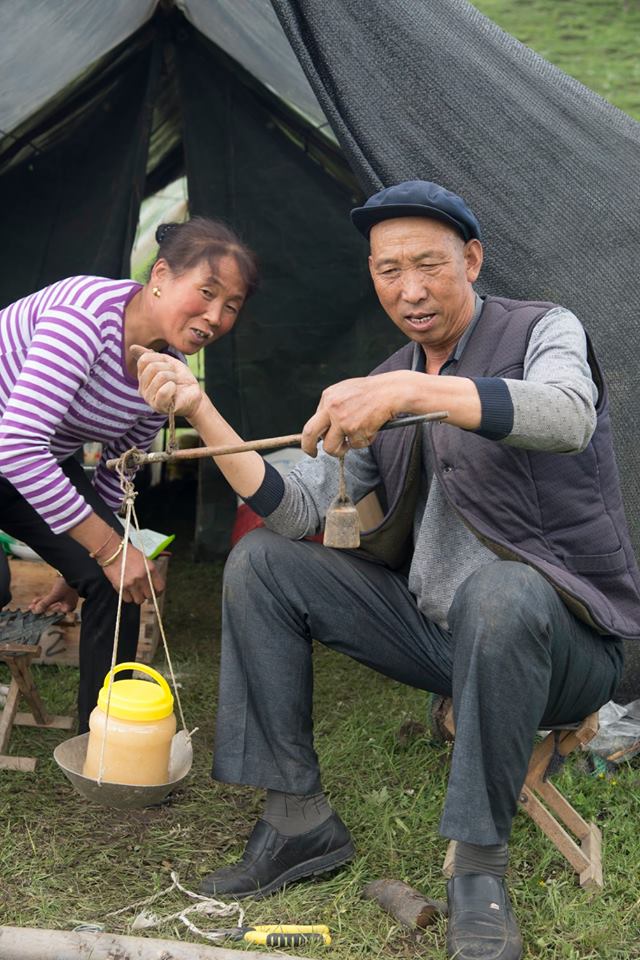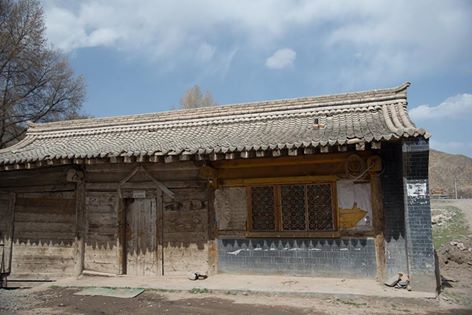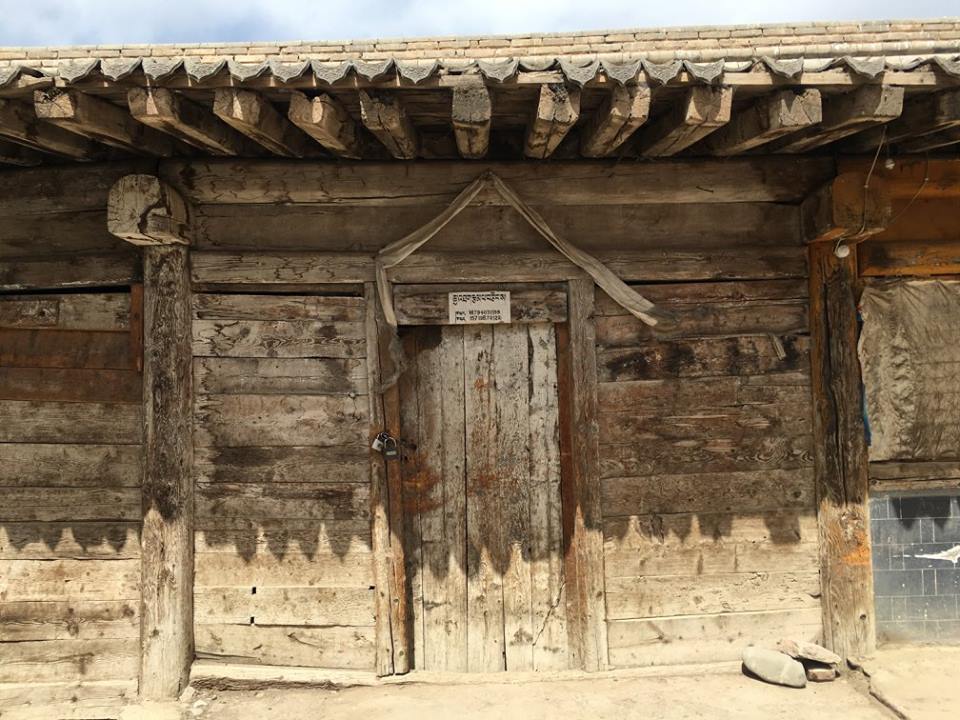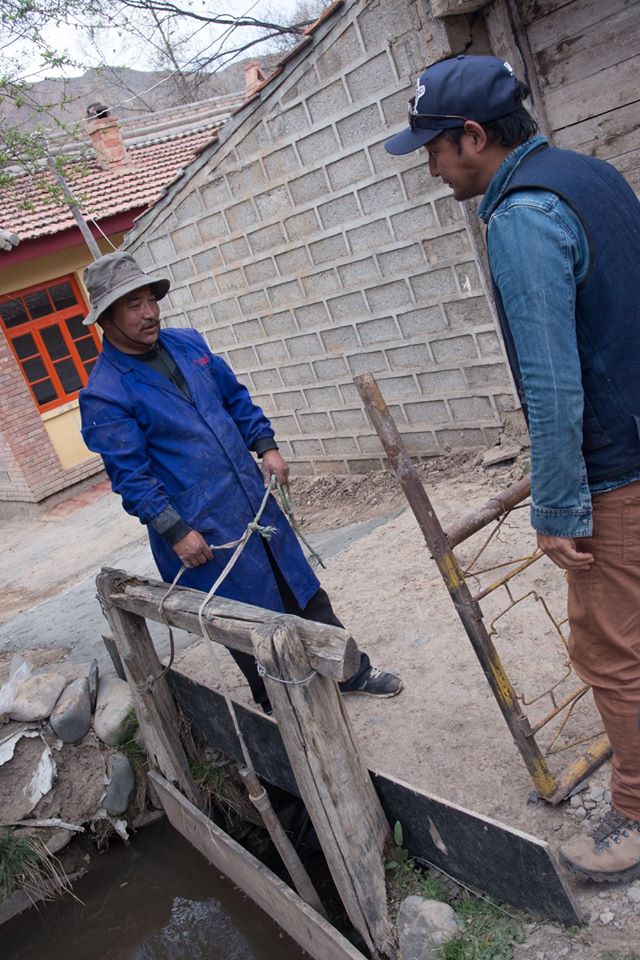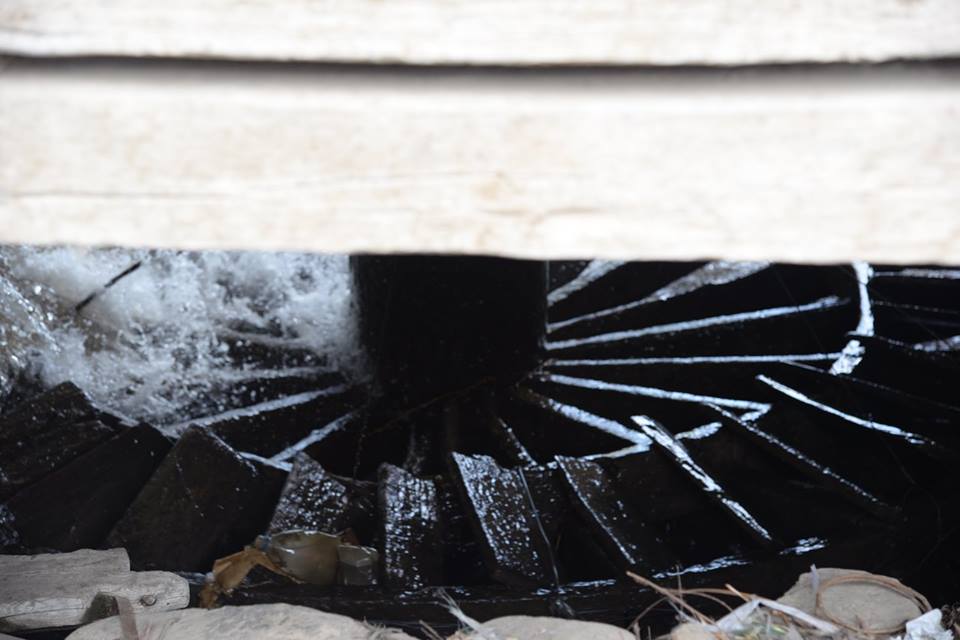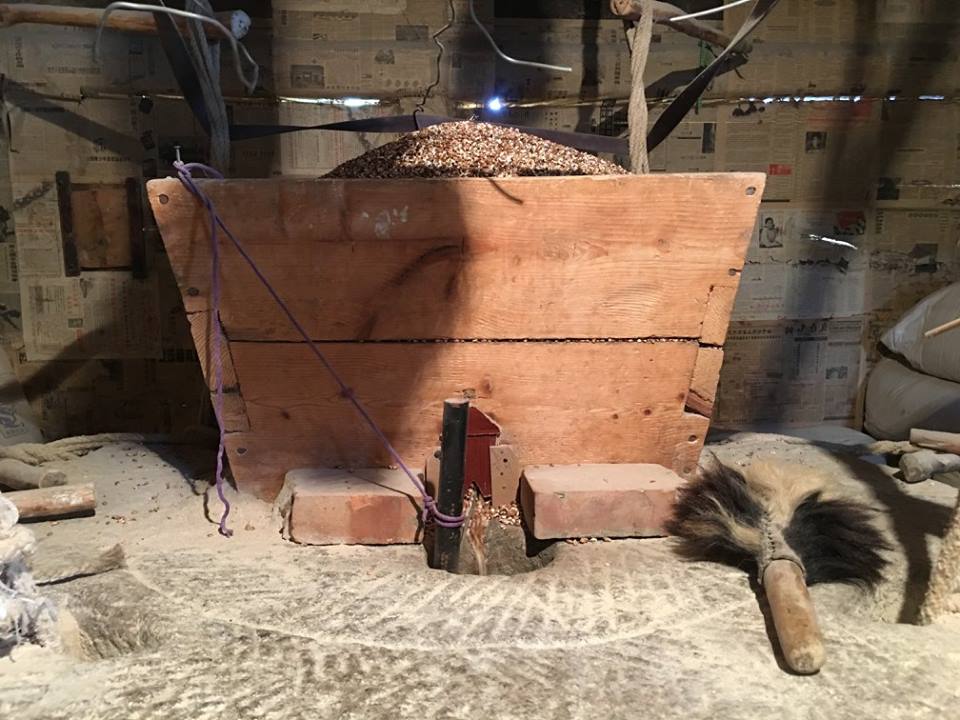Dairy Treasures
/Tibet is the land of yaks, about 13 million of them spread across the plateau, most in the northern plains of the Chang Thang, and the great grasslands of Amdo. Pastoralism is the way of life, and the milk of yaks is one the principle staples. The female yak, or dri, gives birth once a year, in the spring. She is able to feed her calf and provide about a litre and a half of milk per day, in two milkings. This is a minimal amount compared to a cow’s yield, yet it is sufficient to provide a family will all their needs and be a base of exchange with other necessities, such as barley flour, basic staples and items of daily life such as cooking utensils and clothing.
It has been found that yak milk has exceptional properties, high in (good) fat, but low in lactose, and is digestible to young children and babies, due to the ecosystem that the free ranging animals roam in. Products from the dri are many, and form the core of the Tibetan staple, butter being on top of the list as the ultimate comfort food, used to enhance much of what Tibetans eat or drink. It finds itself in tea, either churned into it or plopped into a cup of black tea, mixed into tsampa, or simply spread on top of bread. Stored in wooden boxes or yak stomachs, it also makes a deeply appreciated gift, even if the common form of packaging causes it to become rancid. Fresh butter is a delight, which can only be consumed in summer, and is highly appreciated.
After butter comes yogurt, which is thick and delicious. It is known for its capacity to cause drowsiness (according to Tibetan drivers who will not drive following a bowl of yogurt) or enhance sleep, making it a perfect dish to finish off the day, especially for children. Yogurt is considered auspicious and a host will present a bowl of yogurt at the end of a meal, an offering that cannot be refused. Imagery of yogurt is everywhere, with yogurt like clouds and yogurt offerings to the gods, borne by jeweled goddesses in flowing scarves. When a monk scholar passed his Geshe degree, which marked the end of his formal studies in Buddhist philosophy, an offering of yogurt would be made to the assembly of monks, brought in by running monks, its quality marked by its ability to remain in the bowl, as solid yogurt is considered the best and the richest.
Milk is the object of endless analogy, rich with auspicious connotations; spilling milk or crossing paths with a woman carrying a bucket of fresh milk are signs of good things coming and its presence marks many events. A bride walks into her new home carrying a bucket of milk tied to her back, and heavenly abodes have rivers flowing in milk.
At Norden, we collect fresh dri milk to turn into yogurt or add to tea. We offer butter from the nearby Lungta cooperative, and cheese from the Norchur cheese factory. Due to the exceptional qualities of yak milk, these unique products pass on their merits down the ecological chain, from plant to animal, then to us. Let us use it well!
